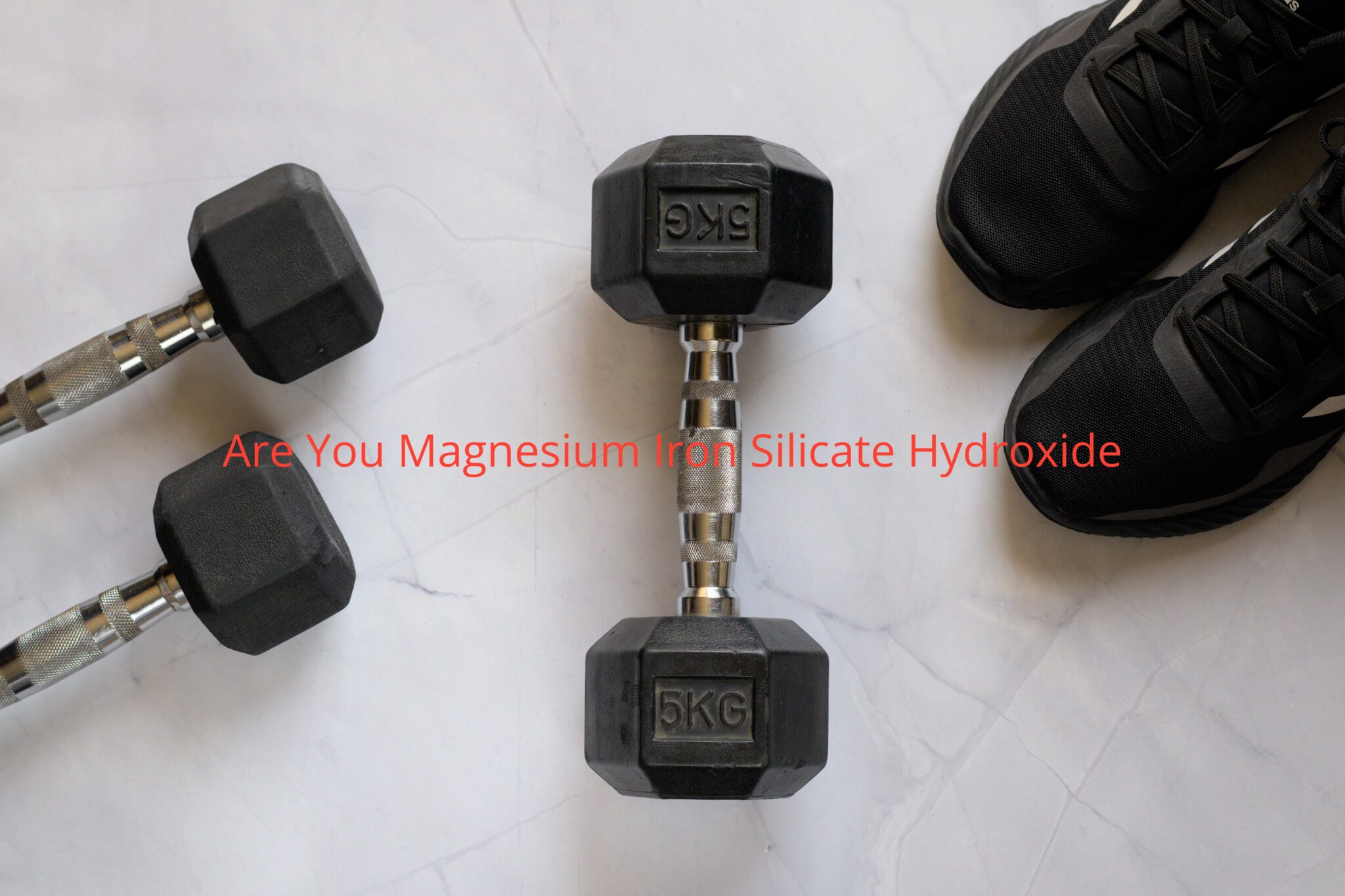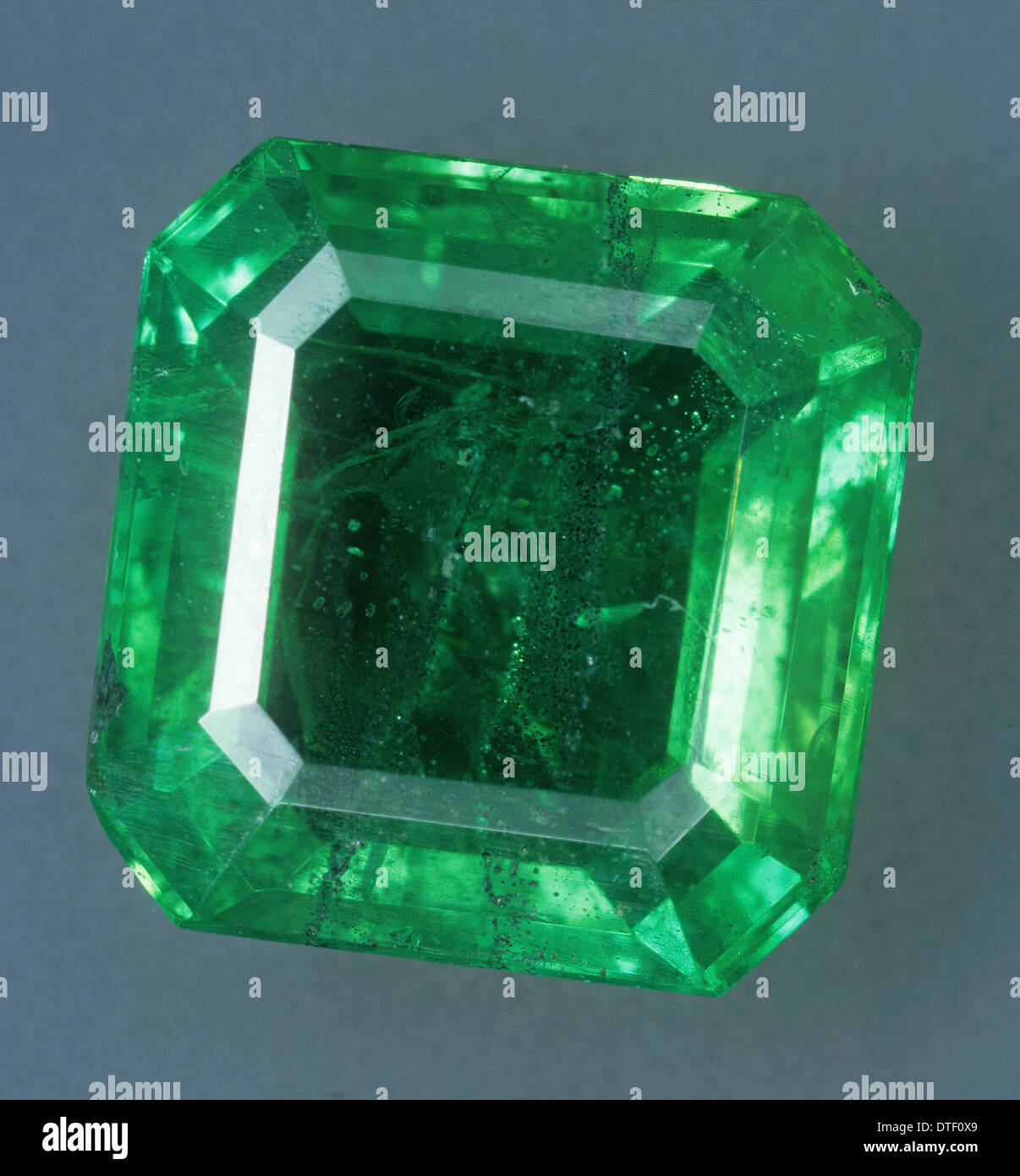Magnesium Iron Silicate Hydroxide: The Hidden Gem In Modern Science
Ever wondered what makes certain minerals so special? Magnesium iron silicate hydroxide is one of those unsung heroes that play a crucial role in our world. You might not hear about it in daily conversations, but trust me, it's everywhere! From shaping the Earth's crust to being a key player in industrial applications, this compound deserves a spotlight. So, let's dive into its fascinating world and uncover its secrets.
Now, you're probably thinking, "What's so exciting about a mineral?" Well, my friend, magnesium iron silicate hydroxide isn't just any ordinary mineral. It's a powerhouse with unique properties that make it indispensable in various fields. Whether it's in geology, construction, or even medicine, this compound has proven its worth time and time again.
Before we get too deep into the science, let's set the stage. Imagine a world where we don't have the resources to build skyscrapers or develop cutting-edge technology. Magnesium iron silicate hydroxide is one of the building blocks that make all of this possible. So, buckle up because we're about to explore its incredible journey and significance.
- Fun Moments In History Celebrating The Quirky Side Of Our Past
- Inigo Montoya Actor The Man Behind The Myth
What Exactly is Magnesium Iron Silicate Hydroxide?
Magnesium iron silicate hydroxide, often referred to as serpentine minerals, is a family of minerals that form when magnesium-rich silicate rocks undergo hydrothermal alteration. In simpler terms, it's what happens when rocks get a little steamy and transform into something extraordinary. These minerals are made up of magnesium, iron, silicon, and oxygen, with a sprinkle of hydrogen for good measure.
Here's the kicker: these minerals come in different flavors. Some are more magnesium-rich, while others lean towards the iron side. This diversity gives them unique properties that make them suitable for various applications. For instance, some serpentine minerals are great for thermal insulation, while others are perfect for creating strong, durable materials.
Key Components of Magnesium Iron Silicate Hydroxide
Let's break it down a bit more. The main components of magnesium iron silicate hydroxide include:
- Who Is Nicolle Wallaces Exhusband The Untold Story
- Hilary Farrs Son A Closer Look Into Their Lives And Stories
- Magnesium (Mg): The star player that gives these minerals their strength and stability.
- Iron (Fe): Adds a bit of spice to the mix, influencing color and magnetic properties.
- Silicon (Si): The backbone of the mineral structure, providing the framework for everything else.
- Oxygen (O): The glue that holds everything together.
- Hydrogen (H): A subtle but important element that contributes to the mineral's unique properties.
When you combine all these elements, you get a mineral that's not only fascinating but also incredibly useful. It's like a superhero team where each member brings something special to the table.
Where Can You Find Magnesium Iron Silicate Hydroxide?
Magnesium iron silicate hydroxide isn't just hiding in some obscure corner of the Earth. It's actually quite common in certain geological environments. You'll find it in places where ultramafic rocks, like peridotite, undergo serpentinization. This process occurs when these rocks come into contact with water, usually deep within the Earth's crust or near hydrothermal vents on the ocean floor.
One of the coolest places to find these minerals is in ophiolites. These are slices of the Earth's oceanic crust that have been thrust onto the continents, giving geologists a window into the deep Earth. Ophiolites are like nature's treasure chests, filled with all sorts of interesting minerals, including magnesium iron silicate hydroxide.
Common Locations Around the World
Here are some of the most famous spots where you can find magnesium iron silicate hydroxide:
- The Troodos Ophiolite in Cyprus: A geological wonderland with some of the best-preserved serpentine minerals.
- The Coast Range Ophiolite in California: A hotspot for geologists studying serpentinization and its effects on the environment.
- The Bay of Islands Complex in Newfoundland: A place where you can see the beauty of serpentine minerals up close and personal.
These locations aren't just interesting for geologists; they also have practical applications in mining and industry. So, if you're ever in one of these areas, take a moment to appreciate the hidden treasures beneath your feet.
Why is Magnesium Iron Silicate Hydroxide So Important?
Now that we know what magnesium iron silicate hydroxide is and where to find it, let's talk about why it's so important. This mineral has a wide range of applications, from construction to environmental science. Its unique properties make it an invaluable resource in many industries.
In construction, magnesium iron silicate hydroxide is often used as a filler material in concrete and asphalt. It helps improve the strength and durability of these materials, making them more resistant to wear and tear. Additionally, its thermal insulation properties make it a great choice for buildings in extreme climates.
Environmental Benefits
But wait, there's more! Magnesium iron silicate hydroxide also plays a crucial role in environmental science. It has the ability to sequester carbon dioxide, making it a potential tool in the fight against climate change. By locking away CO2 in its crystal structure, this mineral could help reduce greenhouse gas emissions and mitigate the effects of global warming.
Moreover, it's been shown to have detoxifying properties, helping to remove harmful pollutants from water and soil. This makes it an important player in environmental remediation efforts, ensuring that our planet remains healthy and habitable for future generations.
Industrial Applications of Magnesium Iron Silicate Hydroxide
When it comes to industrial applications, magnesium iron silicate hydroxide is a versatile material that can be used in a variety of ways. From ceramics to electronics, its unique properties make it an essential component in many manufacturing processes.
In the ceramics industry, it's often used as a raw material for producing tiles, bricks, and other ceramic products. Its high melting point and resistance to thermal shock make it ideal for these applications. Additionally, its ability to absorb moisture helps regulate humidity levels in buildings, creating a more comfortable living environment.
Electronics and Beyond
But that's not all! Magnesium iron silicate hydroxide also finds its way into the electronics industry, where it's used as a dielectric material in capacitors and other electronic components. Its excellent insulating properties and low dielectric loss make it a top choice for high-performance applications.
And let's not forget about its role in the pharmaceutical industry. Some serpentine minerals have been shown to have medicinal properties, making them useful in the development of new drugs and treatments. So, whether you're building a house or curing a disease, magnesium iron silicate hydroxide has got your back.
Scientific Research and Discoveries
As with any good story, there's always more to uncover. Scientists around the world are actively researching magnesium iron silicate hydroxide to better understand its properties and potential applications. Recent studies have revealed some exciting new developments that could change the way we use this mineral in the future.
One area of interest is its potential use in hydrogen storage. Researchers have discovered that certain serpentine minerals can store hydrogen at much higher densities than traditional materials. This could revolutionize the way we power our vehicles and homes, making clean energy more accessible and affordable for everyone.
Collaborative Efforts
Collaboration is key in scientific research, and the study of magnesium iron silicate hydroxide is no exception. Scientists from different disciplines are working together to unlock its full potential. Geologists, chemists, and engineers are pooling their expertise to develop new technologies and applications that could benefit society as a whole.
For example, a team of researchers recently developed a new process for extracting valuable metals from serpentine minerals. This could lead to more sustainable mining practices and reduce our reliance on traditional mining methods that can be harmful to the environment.
Challenges and Controversies
Of course, with any great discovery comes challenges and controversies. One of the biggest concerns surrounding magnesium iron silicate hydroxide is its potential health effects. Some serpentine minerals contain asbestos, a known carcinogen that can cause serious health issues when inhaled. This has led to strict regulations on the use and handling of these materials.
Another challenge is the environmental impact of mining and processing these minerals. While they offer many benefits, extracting them from the Earth can have detrimental effects on ecosystems and local communities. It's important to balance the need for these resources with the responsibility to protect our planet.
Addressing the Issues
To address these concerns, scientists and policymakers are working together to develop safer and more sustainable practices. This includes improving mining techniques, implementing stricter regulations, and investing in research to find alternatives to harmful materials. By taking a proactive approach, we can ensure that magnesium iron silicate hydroxide continues to be a valuable resource for generations to come.
Future Prospects and Innovations
Looking ahead, the future of magnesium iron silicate hydroxide looks bright. With ongoing research and development, we can expect to see new and exciting applications emerge in the coming years. From advanced materials for space exploration to breakthroughs in clean energy technology, the possibilities are endless.
Innovations in nanotechnology are also opening up new avenues for using these minerals in ways we never thought possible. By manipulating their structure at the atomic level, scientists can enhance their properties and create materials with unprecedented capabilities.
What Does the Future Hold?
As we continue to explore the potential of magnesium iron silicate hydroxide, one thing is certain: it will play an important role in shaping the future. Whether it's helping us build stronger, more sustainable cities or providing solutions to some of the world's most pressing problems, this mineral has the power to change the game.
Conclusion
So, there you have it – the incredible world of magnesium iron silicate hydroxide. From its formation deep within the Earth's crust to its diverse applications in industry and science, this mineral truly is a marvel of nature. Its unique properties and potential for innovation make it an essential resource for the future.
As we continue to uncover its secrets, it's important to remember the responsibility that comes with using such powerful resources. By working together and taking a sustainable approach, we can ensure that magnesium iron silicate hydroxide remains a valuable asset for generations to come.
Now it's your turn! Have you ever encountered magnesium iron silicate hydroxide in your own life? Share your thoughts and experiences in the comments below. And don't forget to check out our other articles for more fascinating insights into the world around us.
Table of Contents
- What Exactly is Magnesium Iron Silicate Hydroxide?
- Key Components of Magnesium Iron Silicate Hydroxide
- Where Can You Find Magnesium Iron Silicate Hydroxide?
- Common Locations Around the World
- Why is Magnesium Iron Silicate Hydroxide So Important?
- Environmental Benefits
- Industrial Applications of Magnesium Iron Silicate Hydroxide
- Electronics and Beyond
- Scientific Research and Discoveries
- Collaborative Efforts
- Challenges and Controversies
- Addressing the Issues
- Future Prospects and Innovations
- What Does the Future Hold?
- Who Is Emily Campagno Married To Unveiling Her Love Story And Personal Life
- John Legend Brother The Untold Story Behind The Legends Sibling

Are You Magnesium Iron Silicate Hydroxide TheFitnessManual

Magnesium iron silicate hydroxide hires stock photography and images

Are You Magnesium Iron Silicate Hydroxide? Premium TShirt